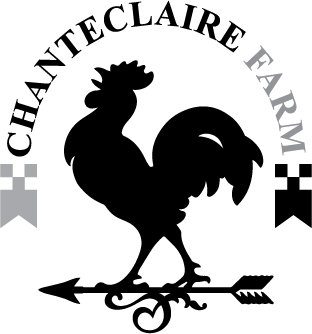If we told you that making the perfect wedding cake was in fact, a piece of cake, we would be lying. For many non-pros and home bakers, it may come as a surprise just how much complexity goes into the wedding cake process. Knowing a little more about the process will help you make smart choices when deciding who will create your wedding cake.
Cakes Must BE KEPT Fresh fOR AN ENTIRE WEEK BEFORE THE WEDDING
While some wedding cakes can be baked, prepped for decorating, and decorated by one person in a few days, many can take multiple team members an entire week to complete.
Just baking the cake can take 8 hours, prepping the cake for decorations can take up to 8 hours. And completing decorations can take days.
It’s not unusual to enlist a team for several days before the wedding.
To keep the cake fresh the entire time involves using the very best ingredients, never over-baking for even a minute, and planning the decoration process in a way that avoids exposing the cake for too long. The team must focus intensely, without breaks, for long stretches of time to make this happen.
Wedding Cakes REQUIRE COMPLEX STRUCTURAL SUPPORT
A single tier of cake can weigh up to 15 pounds. So the final cake can easily weigh 40 to 50 pounds.
Without proper support, upper tiers will crush bottom tiers and the entire cake will collapse.
There are usually two types of support: small columns that keep each tier supported above the next, and long stakes that go through the entire cake to keep all the tiers from sliding off one another.
The small support columns in each tier are like pillars coming to the top of the ocean upon which a pier rests. For an ocean pier, the pillars would be sunk into concrete to keep them stable. Cake columns usually only have spongy cake to hold them in place. They also have to be perfectly level, or the tier above will start to lean. At Chanteclaire we spend at least 30 minutes just to ensure these support columns are level. One-sixteenth of an inch slope results in an obviously leaning cake. And once one tier leans, every tier on top of it leans.
Scroll to the bottom to see a cake being built this way!
YOUR VENUE CAN CREATE CHALLENGES FOR CAKES
Cake ingredients don’t hold up in certain environments.
Heat makes icing soft and slippery.
A summer wedding at an outdoor venue + cream cheese/buttercream icing just begs for your cake to gracefully slide to the floor in front of your guests. The best way to keep this from happening is either to use a more stable type of buttercream or an alternative icing. A stable buttercream can be made by using a double-boiler method. It takes longer and requires constant attention but the results are well worth it. Dairy-free icing alternatives also tend to hold up much better in heat.
Certain fillings are slippery
Strawberries are a great example. They are delicious as a filler, however, their soft and slippery composition doesn’t work well when stacked between tiers of cake without slight alteration. An expert knows how to incorporate your favorite fruifilling into your wedding cake by making it into a coulis and thickening it until it’s the consistency of jam. You still get pure fruit and a stable cake.
Nearby Cake Staff makes all the Difference…
Cakes settle, so their shape today isn’t always their exact shape tomorrow. Each tier has at least 2 cakes in it, stacked one on the other with icing in between, and wedding cakes typically have 3 to 5 tiers.
The cake and icing both settle over time. Some bakers just drop off the cake and leave. Others will be there throughout the wedding day to ensure that if someone puts a finger in the icing, there will be a knowledgeable cake decorator there to fix it before cake cutting pictures are taken.
…So Does Nearby Refrigeration and Facilities
Most bakers bring cakes, unassembled from an offsite bakery, so they are not in their kitchen and don’t have their tools when putting the cake together. It’s safer to transport the cake as individual tiers. But if something goes wrong while assembling it onsite, it’s difficult to fix without showing blemishes, and you certainly can’t make more icing.
This is why we bake and decorate our cakes onsite so that our ingredients, tools and refrigeration are always at hand and we only have to transport a cake 50 feet.
Here is a small sampling of some of the hundreds of cakes we have created at Chanteclaire:
Just for fun…
Lauren is one of our very talented team members. She started working with us the moment she could get a work permit. For the first few years she helped with cakes. Here she is working on one.

























